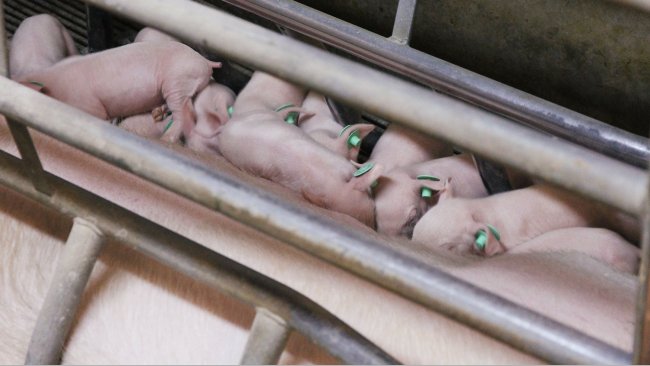
Temporary nurse sows: How to increase the number of teats on batch farrowing systems
The article explains how to manage nurse sows in 3-week batch farrowing systems with a practical example.
The pig sector events all around the world
Weekly newsletter with all the pig333.com updates
Swine industry news in your email
Pig health: news and articles on PRRS, PCV2, biosecurity, etc, Pig disease guide, atlas of pathology, clinical cases…
Biocheck.UGent is an independent, risk-based, scientific scoring system for assessing the quality of your on-farm biosecurity.
A visual and practical step-by-step guide on how to perform a necropsy on a pig.
All the information about ASF: how to recognize the disease, how it is transmitted, pictures of lesions, latest news, guides, etc.
Description of the most important diseases and conditions in pigs
Images of major swine diseases
Pig disease diagnostic tool
Definition for the most commonly used pig terms
Simulator that calculates the amount of drug to add to the water when using a flow dispenser.
Weekly newsletter with all the pig333.com updates
Pig Prices by countries. Pork production and trade. News of the pig market and the raw materials
The latest slaughter pig prices in the most important pig markets. Check the evolution of the historical prices in charts and in several currencies.
Latest quotations for the main commodities used in pig feed. Historical graphs with the pig price and estimated feed price.
Figures & trends in pig numbers, pork production and pork trade.
Global production and trade data for the most important raw materials
Weekly newsletter with all the pig333.com updates
Articles on nutrition and pig feeding, characteristics of raw materials and additives for pig feed. Prices of raw materials
Latest quotations for the main commodities used in pig feed. Historical graphs with the pig price and estimated feed price.
Technical sheets of the main raw materials and additives used in swine feed. They include a comparison of nutritional values from various sources, product
Global production and trade data for the most important raw materials
Definition for the most commonly used pig terms
Use this tool to diagnose problems with the feed conversion ratio. Click on the flowchart or on the buttons within the text to navigate through the different parts of the tool.
Weekly newsletter with all the pig333.com updates
Articles on genetics and pig reproduction: genetic improvement, genomics, artificial insemination, use of hormones
Compare production data, calculate the number of sow, nursery, and finishing spaces, and visualize your tasks on the work schedule by type of BMS.
Tool that allows you to calculate the replacement rate in your farm
Definition for the most commonly used pig terms
Use this tool to find out why your farrowing rate is less than ideal. Click on the flowchart or on the buttons found within the text to navigate through the different parts of the tool.
Weekly newsletter with all the pig333.com updates
Management, pig farm management, work planning in each production stage: management in gestation, grow finish, batch farrowing
Compare production data, calculate the number of sow, nursery, and finishing spaces, and visualize your tasks on the work schedule by type of BMS.
Tool that allows you to calculate the replacement rate in your farm
Definition for the most commonly used pig terms
Weekly newsletter with all the pig333.com updates
Design of facilities and equipment for pig farms: building design, climate control, feeding systems, etc.
Biocheck.UGent is an independent, risk-based, scientific scoring system for assessing the quality of your on-farm biosecurity.
Definition for the most commonly used pig terms
Use this tool to explore which slurry management strategy best fits your situation. Click on the flow chart or on the buttons within the text to navigate through the different parts of the tool.
Weekly newsletter with all the pig333.com updates
What makes us stand out is the quality and independence of our contents. Find out about the authors who make it possible. Our goal is to generate a virtual community of advanced users in the sector.

She has worked for ADA since its foundation in 2000. She previously worked on a pig farm for a few months and spent six months in the R&D Department of Proinserga.
At ADA she started up and implemented services in the company such as the sale of licenses, the bureau service, and customer service, among others, in what was the birth of the Department of Digital Transformation in Livestock, a department that today has 18 people and that she managed until December 2022, coordinating the technical and commercial part. In 2019 she also began to coordinate business development tasks in Nosia Life Sciences as well as tasks related to management control in the company and helps the Management and Financial Dept. of ADA in decision making. She was appointed Deputy to the Management of ADA and Director of Nosia in January 2023.
In addition, she is currently working on her PhD in the field of precision swine feeding and is the author of articles in magazines and websites in the swine industry such as pig333.com and is a collaborator of the Master in Swine Health and Production of the SAPROPOR University.
Updated CV 08-Aug-2024

The article explains how to manage nurse sows in 3-week batch farrowing systems with a practical example.
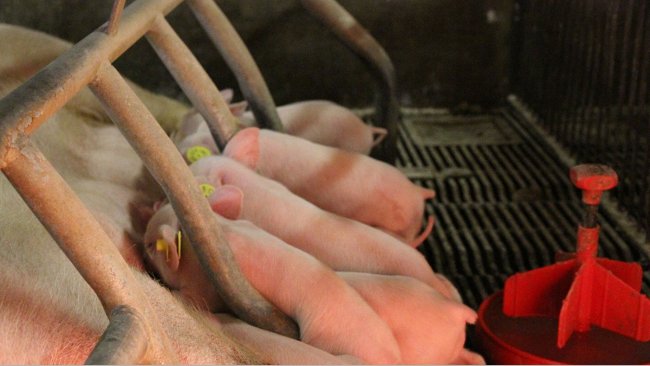
When productivity decreases, but productive efficiency is maintained...
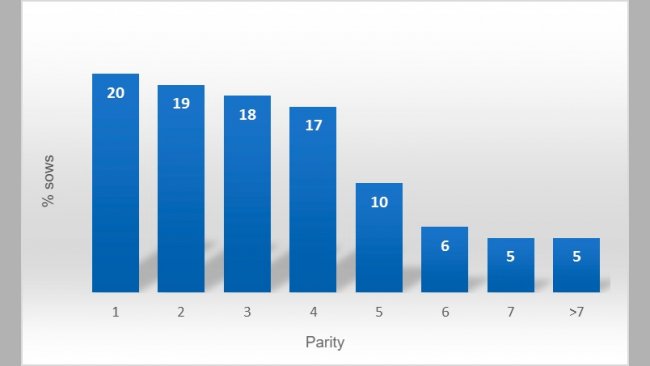
Traditional culling policies have a threshold number of farrowings after which sows are culled —after weaning. But, what would happen if this policy were to be modified to actually consider the performance of each sow?
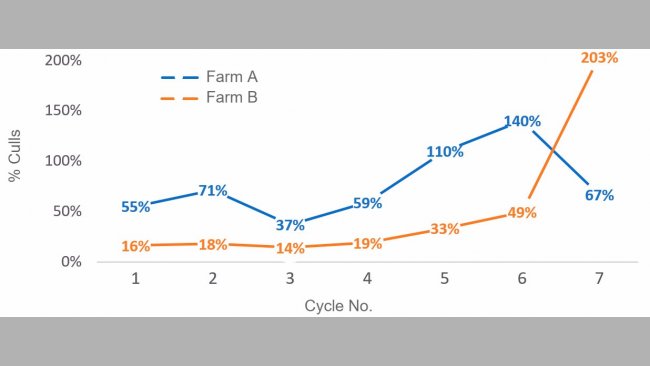
Minimizing sow losses in the initial cycles has three positive effects for the economic efficiency of the farm
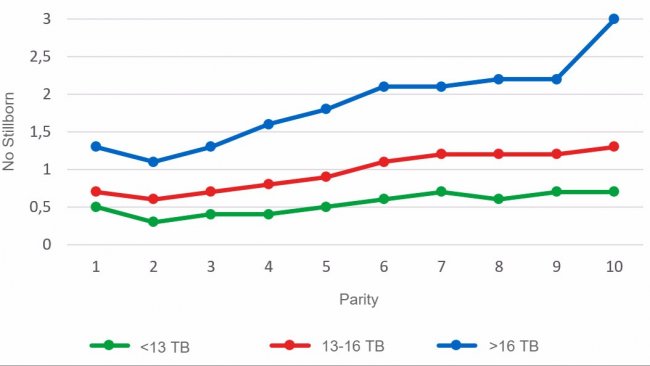
Sows with more than 16 piglets Total Born (TB) per litter have twice as many stillbirths (SB) as those with 13 to 16 TB litters, and three times more SB than sows farrowing litters smaller than 13 TB.
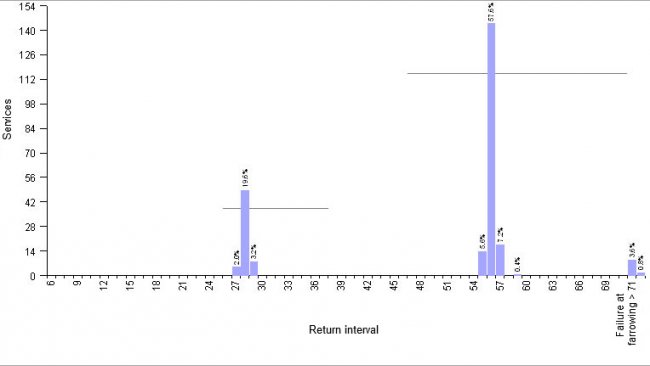
This article discusses 4-week batch farrowing (4WBF), very common in small farms (250 sows) in some other countries, including France. Analysis will be based on a comparison with 3-week batch farrowing (3WBF).
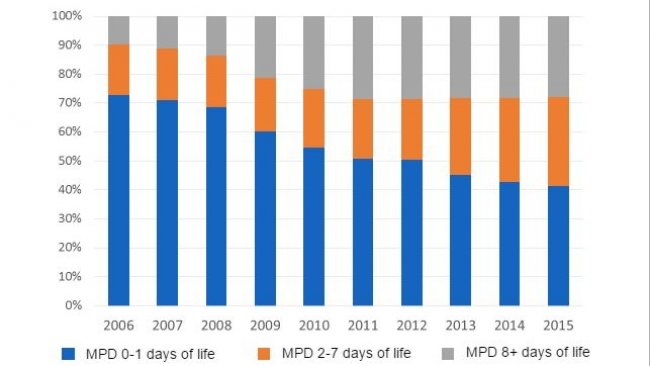
This second part deals with the problems caused by not recording properly the cause of abortions, sows and piglets deaths, nurse sows and hormonal treatments.

This first part deals with backward and impossible data, i.e. the sows that are no longer in the farm but still appear both in the management softwatre and the 100% delivery rates in gilts.
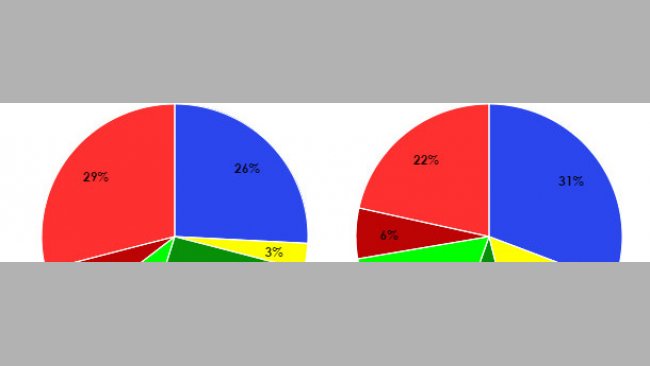
The number of sows that suffer some kind of leg injury is much higher than is apparent, and even more so in second farrowings.
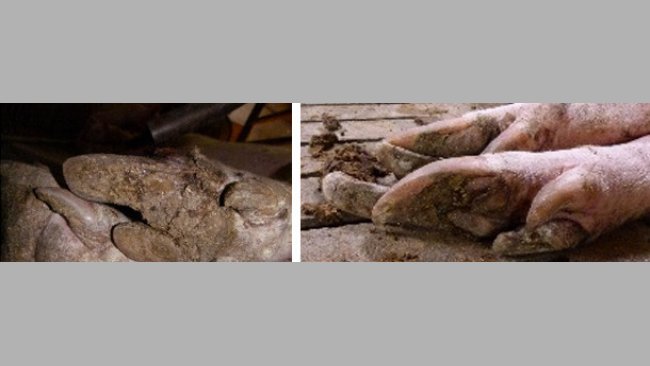
Apparently, lameness problems amount to just 5% of the causes for sending pigs to slaughter...

The month of the sow's birth affects the number of piglets born alive in the first farrowing.
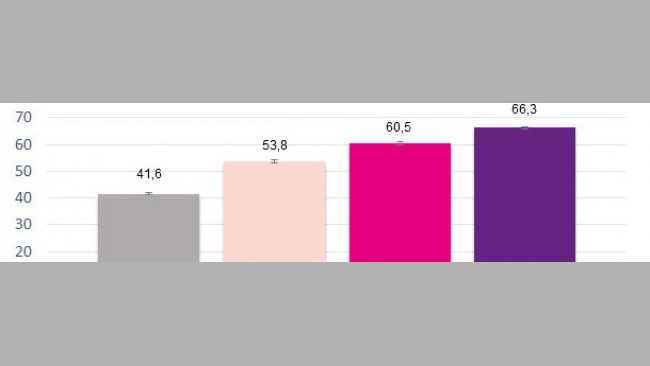
We can predict a sow's production based on the number of piglets born alive at first farrowing. In addition, the best sows' performance will outdo the others' continuously.
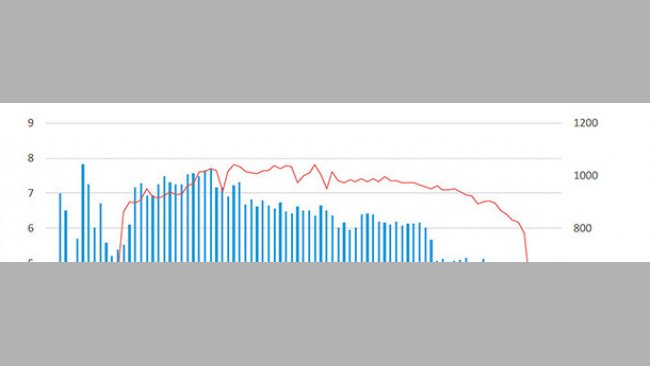
We present the first results obtained by cross-matching data from different sources: production / reproduction data with data from feeding machines.
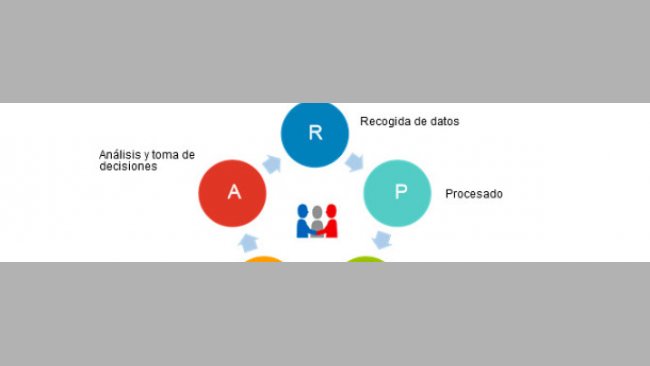
A new revolution is about to reach the swine sector, we are talking about new information management.
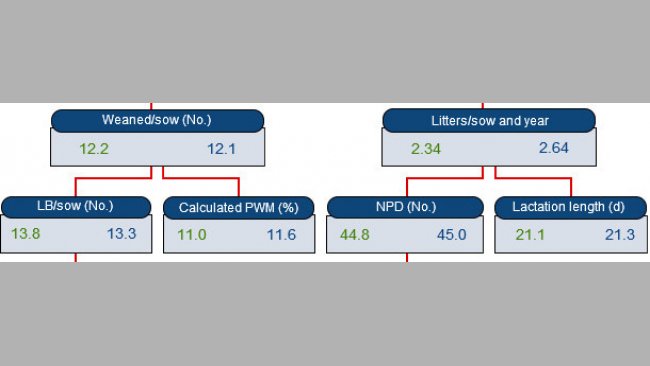
This article explains how the massive use of hormones helps synchronize heats and farrowings when workload scheduling, synchronization and production rates stability are priorities.
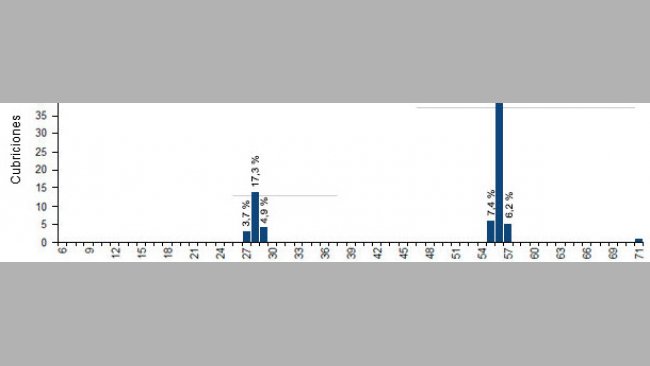
A strict schedule allows us to concentrate all the important events, and time periods where more attention/work is required, within the working days.
Welcome to 333
Connect, share, and interact with the largest community of professionals in the swine industry.
Celebrating 153566Users on 333!
Sign upAlready a member?





